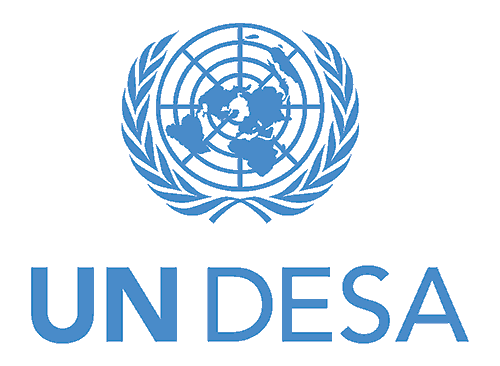Background
The 2030 Agenda’s integrated vision of development means that progress on any given issue depends on progress on many others.
Realizing the Agenda as well as the Paris Agreement on climate change requires careful management of complex links and trade-offs. Public policies need to balance diverse sectors, levels of government, and stakeholder interests over the short, medium and long term. Success depends in part on good planning and informed decision-making, which can be guided by modeling tools that provide insights and analysis.
The United Nations Department of Economic and Social Affairs (UNDESA) and the United Nations Development Programme (UNDP) have pioneered a series of modelling tools. Early initiatives included economy-wide modeling and microsimulation methodologies. More recently, energy systems modelling, geospatial energy-access modelling, and the integrated modelling of climate, land-use, water and energy have been developed.
Responding to National Needs
The tools are tailored to the unique circumstances and policy requirements of each country. Developing capacities to use them follows a “learning by doing” philosophy that brings together national teams and international experts.
Together, policymakers, UN staff, data and modelling experts:
- Build and tailor models to national development contexts
- Strengthen government capacities to apply modelling tools to inform decision-making
- Comunicate findings to the highest levels of government to guide policies
Partnerships
UNDESA and UNDP work with key research partners including: the Universidad de La Plata (Argentina), the Royal Institute of Technology in Sweden (KTH-dESA), the International Atomic Energy Agency (IAEA), the International Institute for Applied Systems Analysis (IIASA), the Stockholm Environment Institute (SEI-US), the International Centre for Theoretical Physics (ICTP-Italy), the Policy Centre (IPC IG, Brazil), the University of Cambridge (United Kingdom) and the British Colombia Institute of Technology (Canada)

United Nations Department
of Economic and Social Affairs

United Nations
Development Programme
